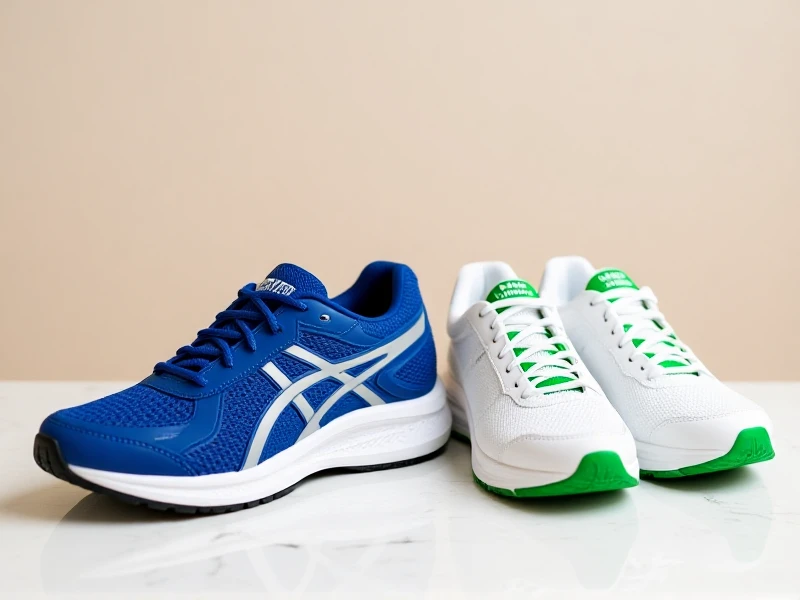Unlock Your Best Performance: The Essential Guide to Choosing Tennis Shoes

Here is an SEO-optimized article on Tennis Shoes:
Stepping onto the court prepared requires more than just racket skills; the foundation of any great tennis game starts with the right tennis shoes. Unlike generic athletic sneakers, true tennis shoes are engineered specifically for the sport's explosive side-to-side movements, quick sprints, sudden stops, and hard court surfaces.
Why are dedicated tennis shoes non-negotiable? It boils down to support and durability. Tennis involves intense lateral (sideways) motion that puts incredible stress on your feet and ankles. Running shoes, built primarily for forward motion, lack the crucial lateral support needed to stabilize your foot during sharp cuts and slides. Wearing the wrong shoes significantly increases the risk of ankle rolls or sprains. Proper tennis shoes feature reinforced outsoles and upper materials on the sides to counter these forces.
Beyond lateral support, cushioning is paramount. The constant pounding on hard courts demands excellent shock absorption to protect joints in your ankles, knees, and hips. Midsole technologies like responsive foam or gel units placed strategically under the heel and forefoot provide crucial impact protection, reducing fatigue and injury potential over long matches or practice sessions.
Traction is another critical factor. Tennis shoe outsoles feature non-marking rubber patterns ("herringbone" is very common) optimized for grip on different specific court surfaces – hard courts, clay, or grass. This pattern ensures optimal slide control on hard courts and grip on looser surfaces like clay, preventing slips while allowing controlled movements.
The upper construction contributes significantly to fit and stability. Materials range from lightweight, breathable mesh for ventilation to tougher synthetics (often with reinforced toe guards) offering durability and support. A secure, comfortable fit around the midfoot and heel is essential to prevent slipping inside the shoe during play, enhancing responsiveness. Arch support varies by model and brand, catering to different foot types.
Look for shoes balanced in weight: heavy enough for durability and stability, yet light enough for swift movement and reduced leg fatigue. Consider replacing your tennis shoes every 45-60 hours of play. Worn-out cushioning and outsoles compromise both performance and protection. Rotating between two pairs extends each pair's lifespan.
Investing in quality tennis shoes isn't just about comfort; it’s a fundamental step towards boosting your on-court agility, preventing injury, and unlocking your true tennis potential. Find the pair offering the right blend of lateral support, cushioning, court-specific traction, and fit for your game. Your feet (and your performance) will thank you.